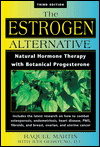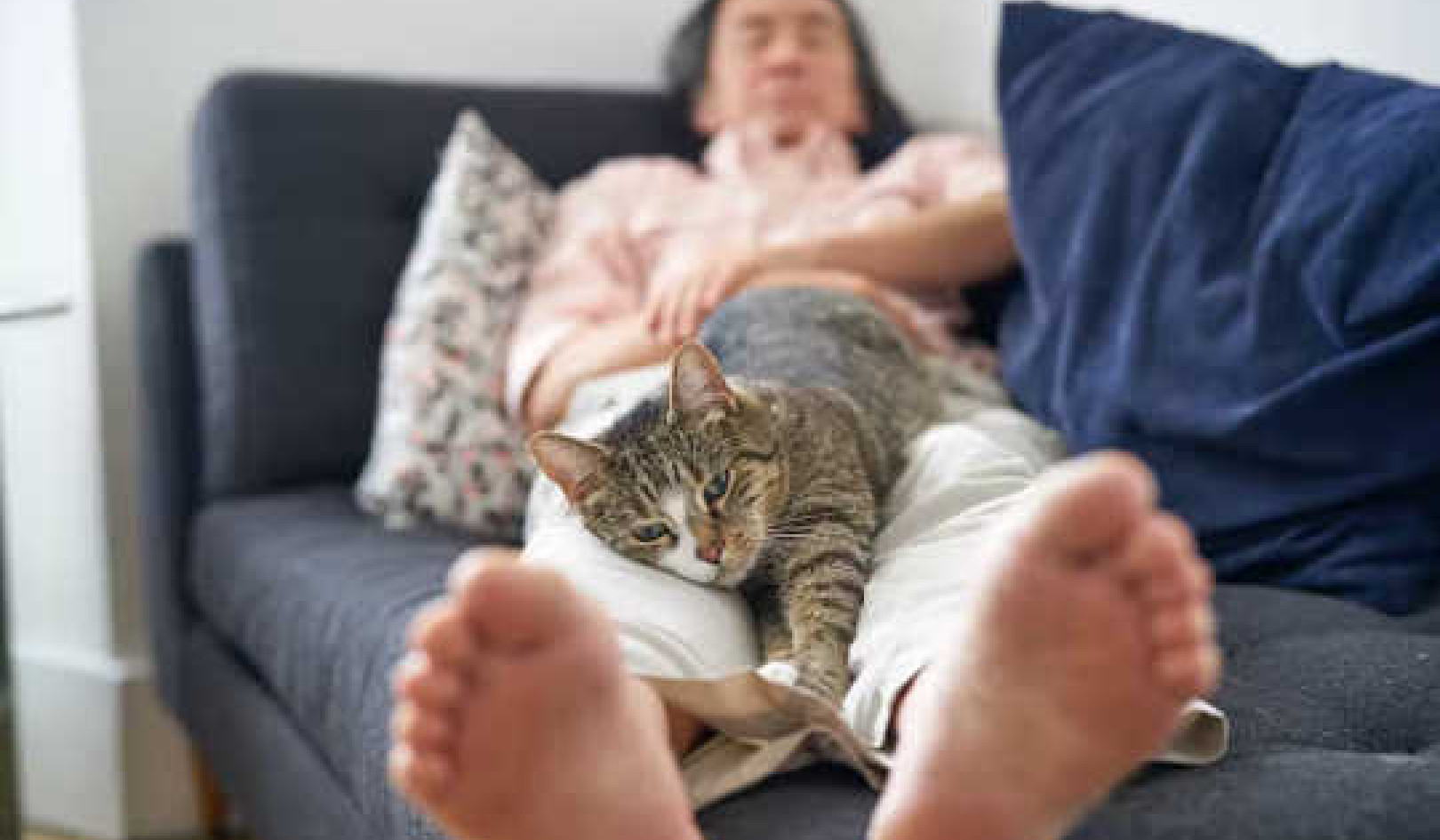Speaking from my personal experience -- life could have been so sweet if I'd had a glance into the future! But then again, it might not have been as enlightening or purposeful. The struggle to reach our goals is often as rewarding as their final attainment. Even uncovering small pieces of information that eventually lead up to the big picture can be fulfilling.
One such piece came to me in the mail in a medical report from which I learned that cramping starts when the adrenal gland has been drained of its cortisone reserve. Another article came from the Cancer Forum, published by the Foundation for Advancement in Cancer Therapy, presenting Dr. Lee's findings. It helped me understand that progesterone is a precursor of cortisone, which is made by the adrenal glands.
In reading about this, I could easily remember suffering from severe cramps as a teenager. The pain would be so intense that wherever I was -- at work or school -- I would often faint. I would end up in the clinic for the rest of the day with a hot water bottle, hot tea, and aspirin every two hours. As women of menstrual age continue to have these problems, it's appalling that education on natural solutions is not available from most of our doctors. Instead, unnecessary suffering continues, and medical doctors continue to prescribe the common synthetic drugs.
Yet, many women have found progesterone to be a pain-relieving hormone. Cramping at the onset of a period can be painful and disruptive, but progesterone helps alleviate the discomfort by assisting the adrenal glands to create cortisone. According to Betty Kamen, Ph.D., some physicians now advise the "application of one-half teaspoon of the cream to the abdomen every 30 minutes until cramping subsides".
Anecdotal testimony comes from Dr. Linda Force, who tells me that prior to using the progesterone cream, she had a problem with clotting during her periods. But administering the cream has given her a normal, even flow and kept her periods regular. She now applies it every morning and evening, right up to the time her period begins. When her period stops, she starts all over again.
Be aware, however, that many doctors fail to associate our symptoms with PMS or menopause. They do not typically recognize and acknowledge our difficulties as being related to progesterone deficiency, but rather attempt to treat only our symptoms. An example of this can be seen with many postmenopausal women who are not aware of the significance of the decline in their progesterone levels. They are finding that even though they eat low-fat foods, their cholesterol levels have become elevated. Since they are often put on unopposed conjugated synthetic estrogen, their LDL (less desirable) cholesterol has consistently risen. This is the result of estrogen dominance. Instead of neutralizing this dangerous hormone with natural progesterone, the doctor will often prescribe one of the many drugs that lower cholesterol. Meanwhile, the estrogen in their bodies remains unopposed and continues to be threatening.
It is vital to keep our thoughts focused on the natural alternatives to these drugs. It's comforting to realize that experts have found a combination of all-natural ingredients that will work to create a proper balance between a woman's own estrogen and progesterone. Replacement of the body's own natural progesterone addresses any deficiency, and the result is relief from many worrisome symptoms.
Transdermal Progesterone Creams
In determining how much transdermal progesterone cream to use, we need to be aware that optimal ovarian production of progesterone is somewhere in the range 15 to 30 mg per day from ovulation to menses. However, if a woman becomes pregnant, the placenta also begins a steadily increasing production of progesterone, reaching an upper limit of 300-400 mg per day during the third trimester. This is a wide margin, in contrast to the narrow thresholds of many of the body's other physiological ranges.
As progesterone only lasts in the body for six to eight hours, it's important to apply 1/4 to 1/2 teaspoon at least once in the morning and once in the evening. Progesterone cream can be massaged directly into the skin almost anywhere it's thin or soft -- such as the wrists, inner arms, back of the hands, chest, breasts, lower abdomen, inner thighs, back, soles of the feet, face, and neck. It is preferable to alternate application among these various areas of the body to retain receptor sensitivity and to avoid wasteful oversaturation of any one area. The progesterone travels through the skin into the subdermal fat and then into the bloodstream. It is available either by prescription or in nonprescription form. Potency will vary, depending on your doctor's prescription and the individual manufacturer. Suggestions for specific uses follow.
Premenstrual Syndrome (PMS)/Perimenopause
Some instructions say that the amount needed by a cycling female will vary according to the degree of symptoms. If a woman is still having periods, progesterone works effectively when administered just prior to ovulation through just prior to menses. In more severe cases of PMS or perimenopause, start using the cream on approximately day 12, counting the first day of your last menstrual period as day l; and continue its use until day 26 or 27 (just before your next period begins). It is the sudden decrease in progesterone levels that triggers the menses a day or two later.
For minor symptoms, use the cream for fewer days, such as only ten days per month (count to day 16 from your last menstrual period and use 1/4 to 1/2 teaspoon once or twice daily until day 26). This would provide the minimal amount and length of time necessary to begin buildup of adequate progesterone levels.
If you have cramping, apply to the abdomen as frequently as every half hour as needed for relief. If you suffer from menstrual migraines, you can apply the cream to your temples and to the back of your neck until the pain eases.
Should you become pregnant while using the cream, I recommend that you carefully read the documented information in chapter 3 (of my book) concerning the use of progesterone during pregnancy. The benefits from this kind of hormonal support cannot be emphasized enough.
This article was excerpted with permission from the book:
 The Estrogen Alternative
The Estrogen Alternative
by Raquel Martin with Judi Gerstung, D.C.
Reprinted with permission from the publisher: Healing Arts Press, a division of Inner Traditions International, www.innertraditions.com
Click here to order this book.
About The Authors
Raquel Martin suffered for years after the left side of her body was temporarily paralyzed from a blood clot in her brain in the early 1970s. She went to many specialists and tried many drugs which caused further chaos in her body. Eventually she learned to do her own research and make her own decisions. She discovered the cause of her disorders and took control of her health. She has recovered, and her life is now dedicated to spreading information about the need for safe natural alternative therapies. Her other works include Today's Health Alternative & Preventing and Reversing Arthritis Naturally. Visit her website: www.healthcare-alternatives.com for information on upcoming seminars.
Judi Gerstung, D.C., is a chiropractor and radiologist with special interest in the detection and prevention of osteoporosis. She lives in Colorado.

























